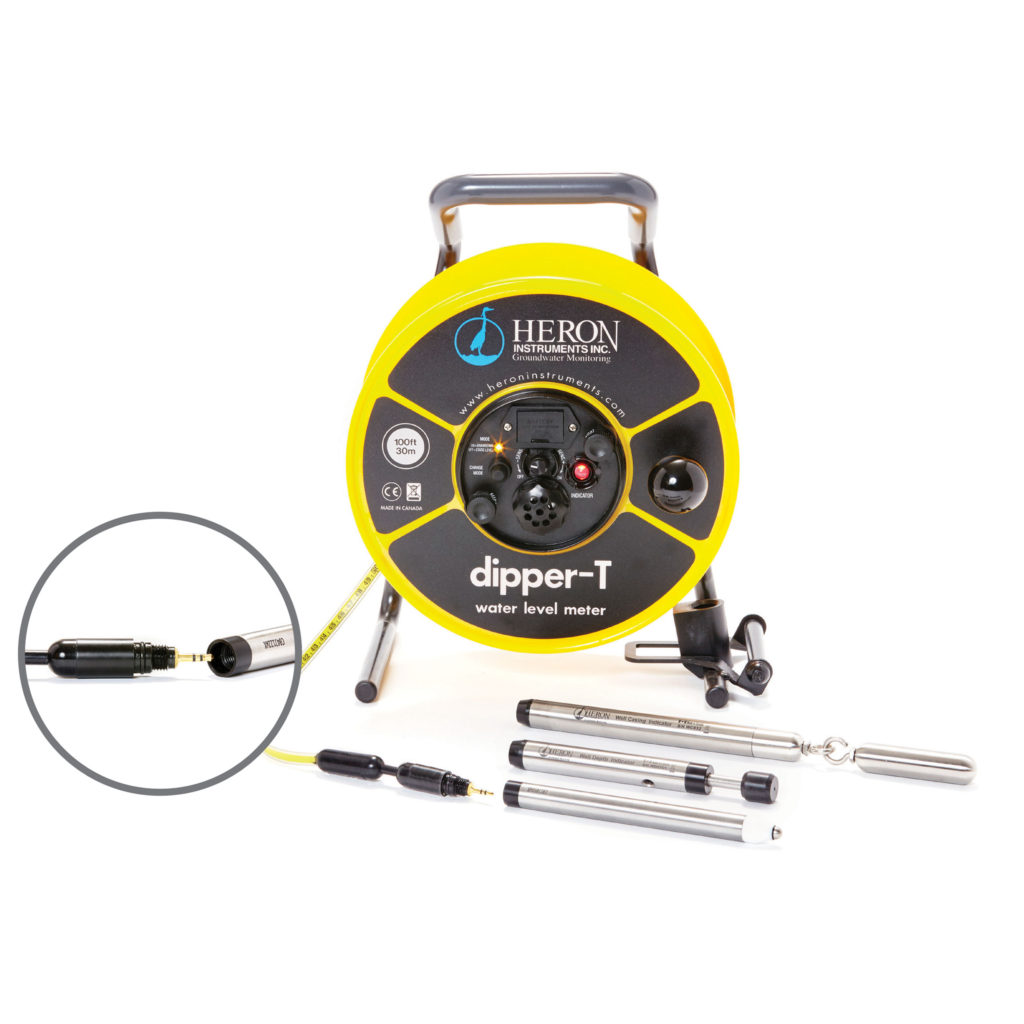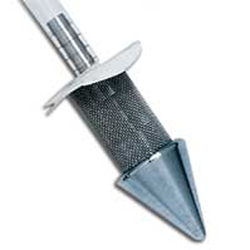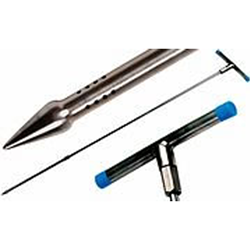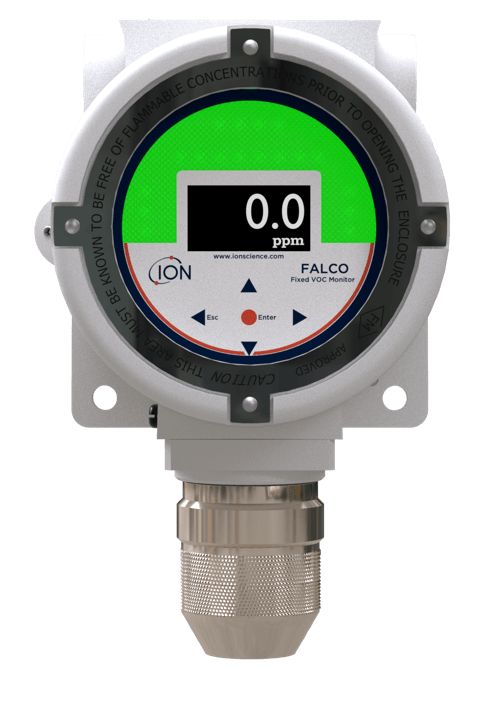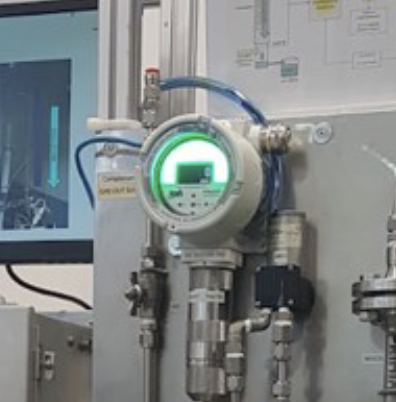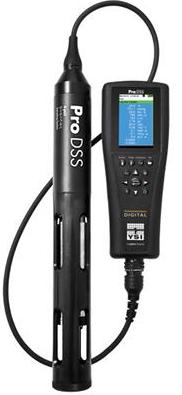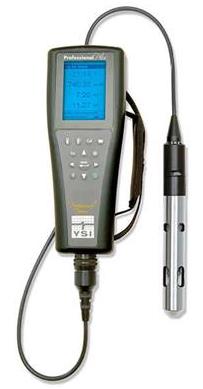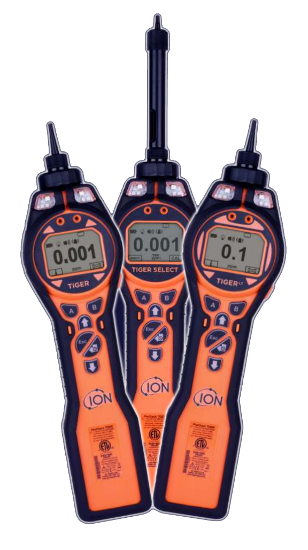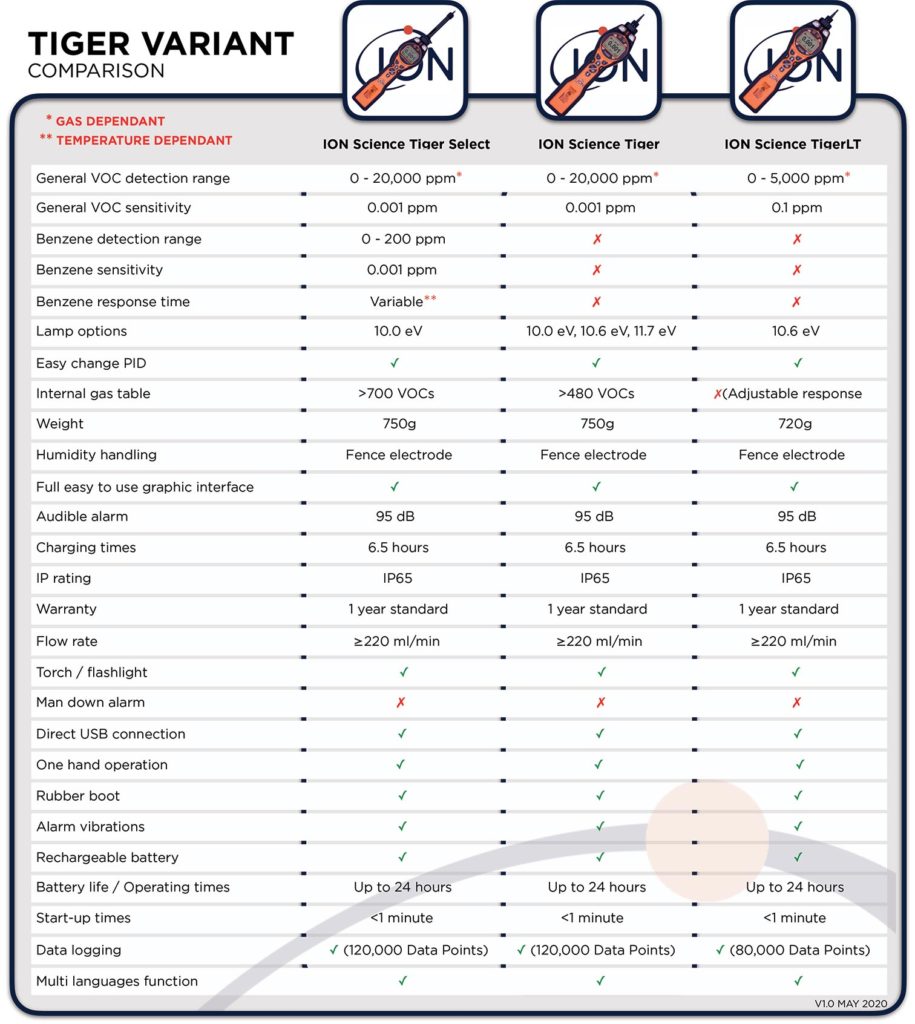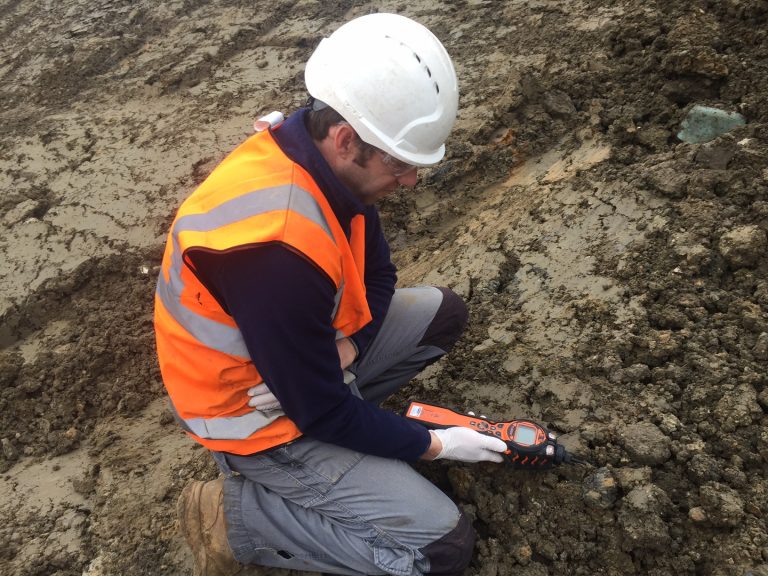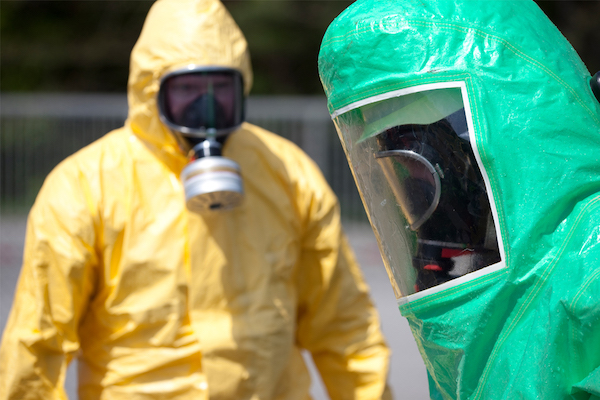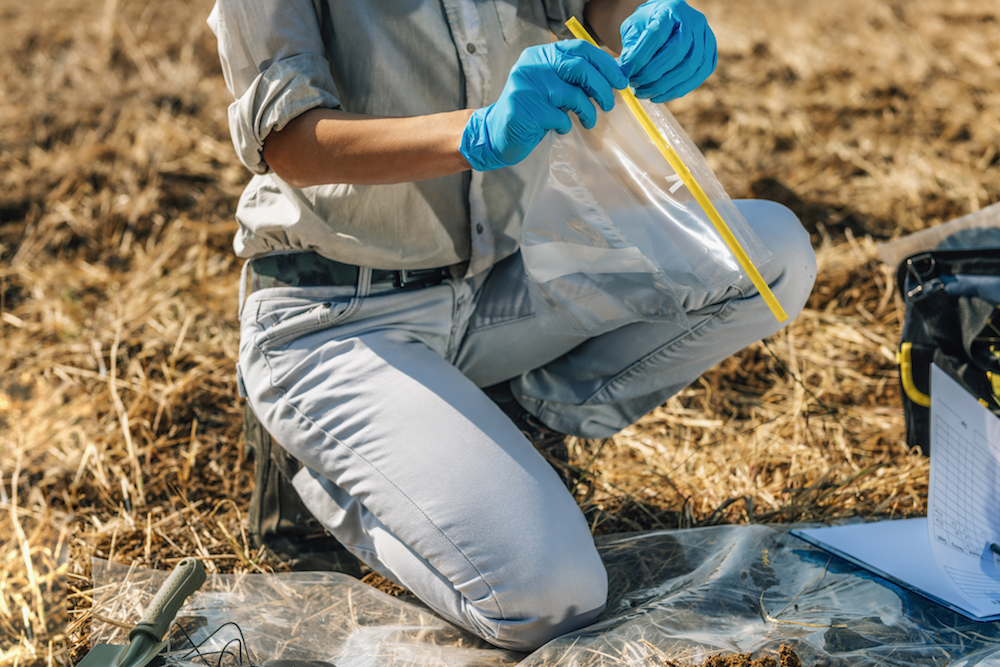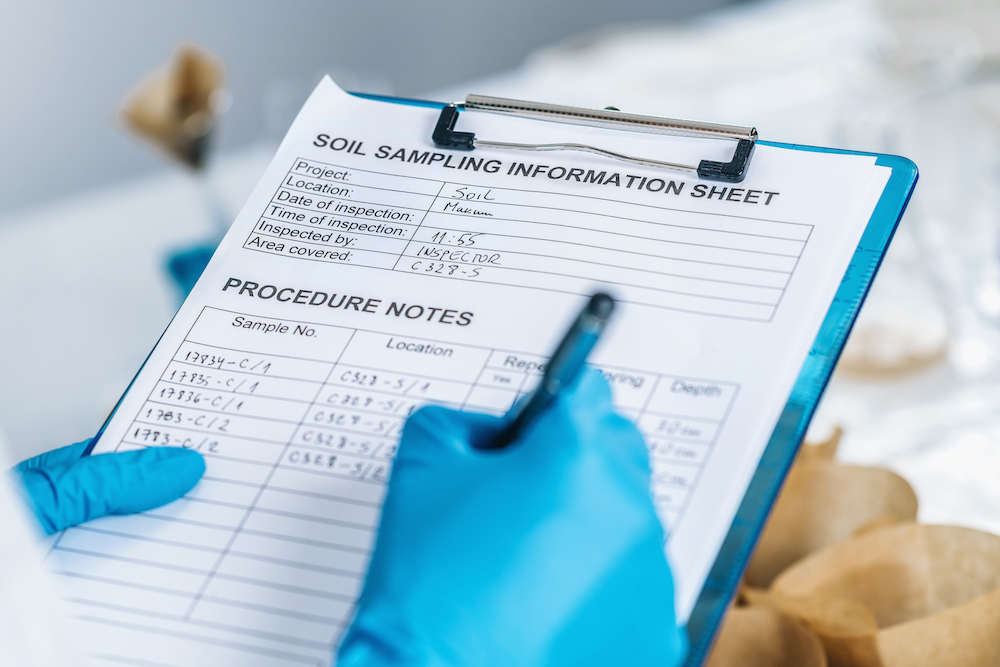What is Passive Groundwater Sampling?
Passive groundwater sampling is a technique that collects groundwater samples without the need for purging prior to sampling.
A passive sampler captures a representative sample within a specific interval of the monitoring well screen, avoiding the aerated or stagnant water at the top of the screen or in the casing. This method utilizes the natural flow of groundwater from the surrounding aquifer to refresh the monitoring well, allowing for an accurate representation of conditions.
Advantages of Passive Groundwater Sampling Over Active Sampling
Passive groundwater sampling offers several advantages over other methods:
- Time Efficiency: Without extensive purging or waiting for stabilization, time on site is reduced.
- Cost-Effectiveness: It saves equipment, labor, and sample disposal costs.
- Reduced Turbidity Bias: Passive sampling will pick up any background turbidity within the well without adding any artificial, method-induced turbidity into the sample.
- Representative Sampling: It provides samples representative of the actual groundwater conditions, free from agitation caused by pumping or bailing.
- Environmental Considerations: Because there are few materials, no batteries, gasoline, compressed air, or electricity required, there are fewer impacts to the environment, making passive sampling a greener and more sustainable sampling solution.
Understanding the Science Behind Passive Samplers
Passive groundwater sampling uses the established principle that groundwater flowing naturally through a saturated section of well screen has the same chemical properties as the surrounding aquifer. Passive samplers are devices that can acquire a sample of this water from the screen interval without artificially moving water from other intervals or pulling stagnant, chemically different, water in from the casing. Bypassing the stagnant water means purging and stabilization are not needed to obtain a representative sample of the aquifer.
There are two main types of passive groundwater samplers that function differently but have the same general benefits of cost reduction, ease of use, and they do not produce purge water.
- Passive Grab Samplers, capture a whole-water sample at an interval in the saturated screen. The water and everything in the water are recovered without inducing flow in the well that could cause mixing with stagnant well water. The HydraSleeve is the most-used passive grab sampler. See Video Here.
- Passive Diffusion Samplers collect a water sample containing contaminant molecules that have diffused through the pores of a semipermeable membrane filled with deionized water. The contaminant concentration in the sampler reaches and maintains the same concentration as the surrounding water.
Implementation of Passive Sampling in the Field
The process of implementing a passive sampling routine involves a few key steps:
- Understand your Monitoring Well Configuration: Be sure the passive is located within the saturated screen. In wells with saturated screens longer than ten feet, consider which interval best represents the project sampling objectives, or whether multiple intervals should be sampled.
- Sampler Selection: Choose the correct type of passive sampler based on the contaminants of concern and the project’s objectives.
- Deployment: Construct or purchase a simple suspension tether, attach the passive sampler(s) and lower the samplers to the intended depth.
- Retrieval and Analysis: Retrieve the samplers any time after the minimum designated period, discharge the contents into standard laboratory bottles, and send the samples to your laboratory the same way as pumped samples. Then, simply place a new sampler on the tether and lower into the well for the next event.
Best Practices for Passive Groundwater Sampler Deployment
To ensure the accuracy and reliability of the data collected, follow standard groundwater sampling best practices, including,
- Avoid cross-contamination: Use clean equipment and gloves during deployment, retrieval, and discharge.
- Proper Documentation: Record
ingeach sampler’s depth, date,anddeployment and recovery time. Note and unusual occurrences and water level changes from previous events. - Quality Control: Acquire field equipment rinsate, and deionized water blanks and duplicates in accordance with project requirements as quality checks on the sampling process.
EON provides several Passive Sampler SOPs to help companies help ensure they get consistent, reliable results from passive samplers.
Case Studies: Success Stories of Passive Sampling
For over 25 years, numerous case studies have demonstrated the benefits that passive groundwater sampling can bring while also providing consistent, reliable data.
For instance, at a Superfund site in California, passive sampling was shown to cost 70-80% less than per well than pumped samples. Another study at landfills in Kansas demonstrates extremely reliable data with a significantly lower cost of operation.
Passive groundwater samplers are in use across all types of groundwater monitoring sites including those managed by the USEPA, USACE, USGS, and DoD, as well as many state and private sites in the US and other countries.
Concluding Thoughts
Passive groundwater sampling represents a leap forward for groundwater monitoring. For environmental consultants looking to enhance their groundwater monitoring practices, passive sampling offers a compelling, cost-effective, and environmentally conscious choice.
By integrating these insights into your practice, passive groundwater sampling can be a game-changer in environmental monitoring. Have you considered the benefits it might bring to your projects?
Frequently Asked Questions
Q1: How can passive groundwater sampling be integrated into existing monitoring networks?
Passive groundwater sampling can be integrated into existing networks by:
- Identifying sites where; pumping or waiting for parameters to stabilize adds to labor cost, large numbers of wells mean days at a site, high-traffic, remote locations, or equipment needs cause logistical problems, contaminated purge waste (IDW) disposal is difficult or expensive.
- Selecting appropriate sites where
samplinglaboratory sample volume requirements align with passive sampler specifications. - Evaluating passive samplers along with traditional methods on a few representative wells at your site to compare and validate data sets.
- Gradually transitioning monitoring wells to passive samplers, starting with those used for long-term monitoring where minimal disturbance is preferred.
Q2: What are the limitations of passive groundwater sampling and how can they be mitigated?
The limitations of passive sampling include:
- High sampling volume requirements – if more volume is needed than is present within the saturated well screen, passive sampling may not work for your site.
- Always reach out to your lab prior to your first passive sampling event to let them know you are transitioning methods and ask them the minimum volume required for each test. Some labs may eliminate duplicates and decrease your sampling volume required to align with your passive method.
Q3: Can passive groundwater sampling methods be used for all types of contaminants, or are there specific scenarios where they are most effective?
While passive sampling can be used to sample any contaminant found within the monitoring well, it is important to select the correct sampler for your project:
- Passive Grab Samplers like the HydraSleeve can sample for any compound
- If sampling for PFAS, EON recommends using an HDPE sampler
- Passive Diffusion Samplers can be made from different membranes to sample different compounds
- The original, Equilibrator PDB samples for VOCs only
- The Dual Membrane PDB can sample for all dissolved compounds, including PFAS

